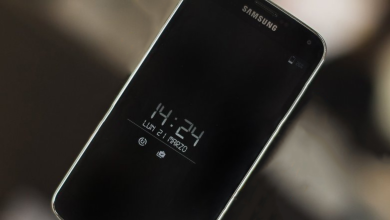4 Easy fixes for “No SIM card detected” error (Android & iOS)
When a phone displays the error “No SIM Card Detected”, the device cannot recognize the SIM card, preventing access to essential services such as calls, texts, and data. A number of factors, including a damaged SIM card, a software glitch, or a hardware malfunction can cause this frustrating issue.
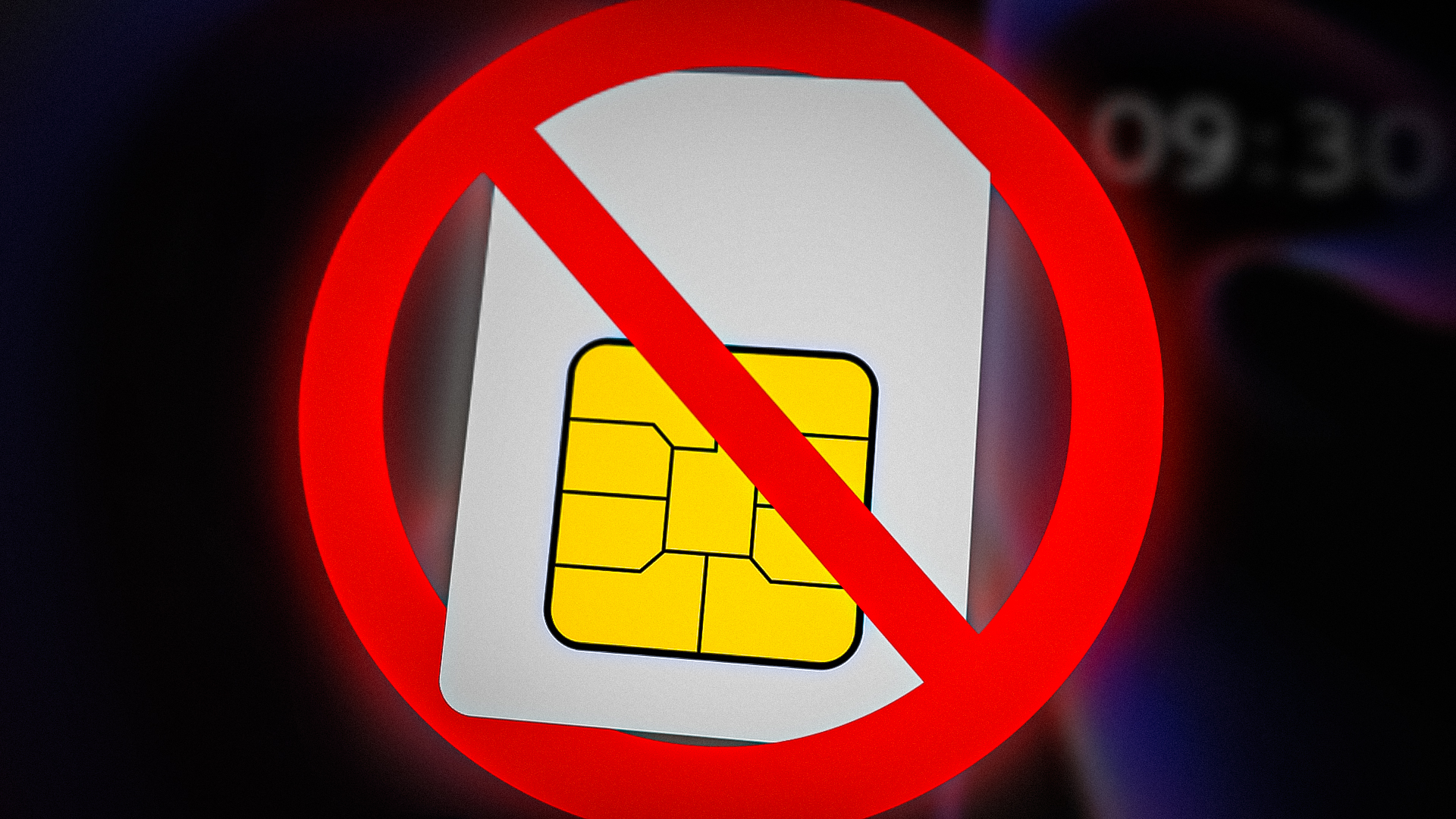
In this article, we will delve into the various reasons why your phone may display this error and will provide practical solutions to help resolve the problem and get you back up and running.
1. Try a different SIM card
If the No SIM card detected error persists after checking for compatibility and cleaning the SIM card and tray, the next step is to use a different SIM card. This will help you determine if the problem is with the SIM card itself or with your phone.
If you don’t see the error with a different SIM card, this suggests that the original SIM card was at fault and needs to be replaced. On the other hand, if the error still persists with the new SIM card, this suggests that the problem is with your phone. In the latter case, proceed with the troubleshooting steps mentioned below.
2. Reset network settings
Sometimes, the iPhone gives a “No SIM card” error due to the misconfigured network settings. Therefore, resetting the network settings can help restore your iPhone’s normal connectivity. Before proceeding, make sure to save your important networks’ passwords and names, as the reset will remove all the old networks and login credentials.
Android:
- Open the Settings app on your device.
- Scroll down and click on the System or General management option.
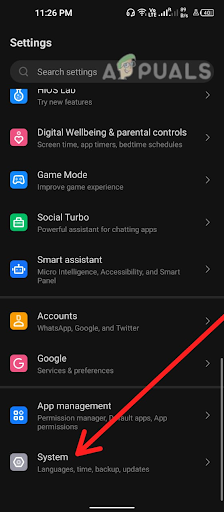
Tap on the System option - Tap on Reset or Reset options.
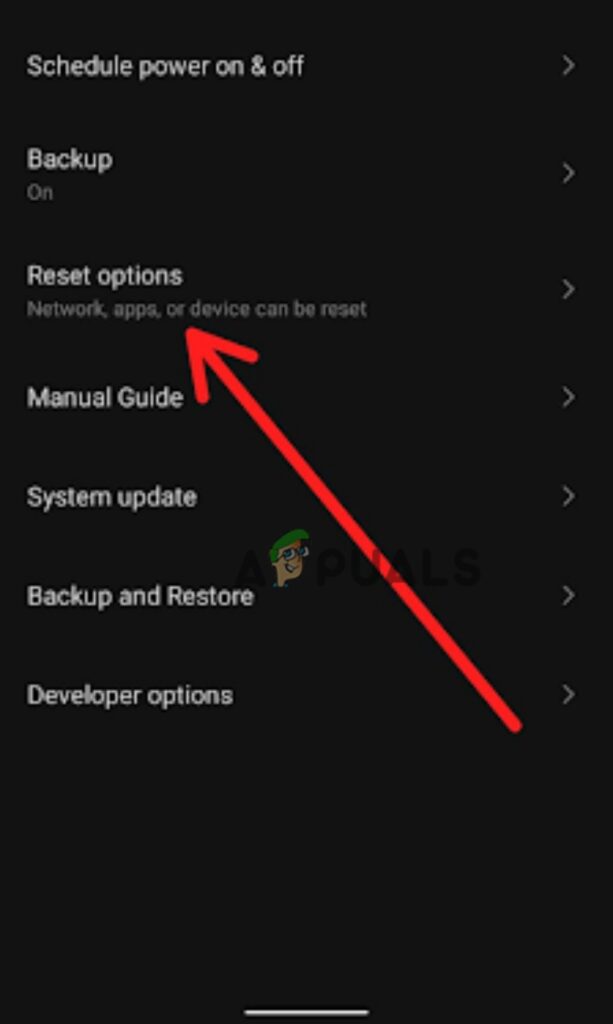
Tap on Reset options - Select Reset network settings or Reset Wi-Fi, mobile & Bluetooth.
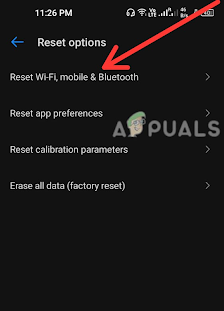
Tap on Reset Wi-Fi, mobile and Bluetooth option - A warning message will appear, reminding you that resetting your network settings will remove all previously connected Wi-Fi networks and their passwords, as well as any other network settings you have configured. If you’re sure you want to proceed, tap on Reset settings.
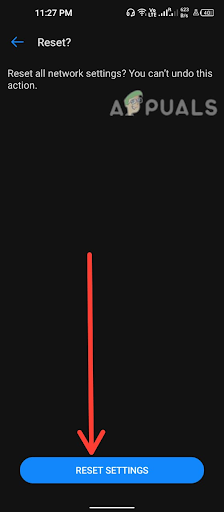
Tap on Reset settings - Your device may prompt you for your screen lock passcode or fingerprint, enter it.
- After resetting the network, restart your device.
- Now, you’ll need to set up your Wi–Fi and cellular connections again.
Note that, depending on the specific Android device and version you’re using, the exact steps to reset network settings may vary. If you’re having trouble finding the option to reset network settings, you may want to consult your device’s user manual or do a quick search online for instructions specific to your device.
iPhone:
- Open Settings on your iPhone.
- Find General settings and tap on it.
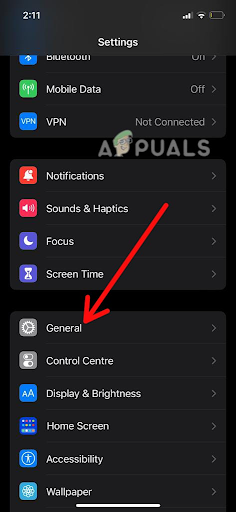
Tap on General options - Next click on Transfer or Reset iPhone.
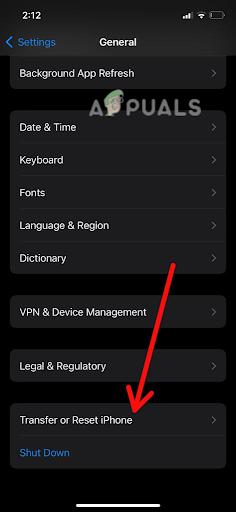
Select Transfer or Reset iPhone - There will be a list of Reset options. To reset network settings to have to click on Reset Network Settings.
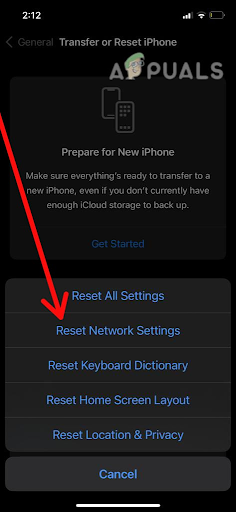
Tap on Reset Network Settings. - A pop-up will appear on the screen to remind you to back up your data before resetting. Click on Reset at the bottom left of the screen.
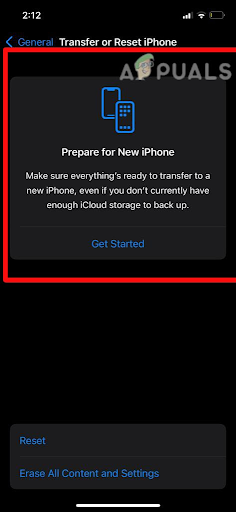
Tap Reset - You have to enter your password to complete the network reset process.
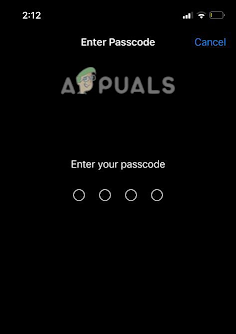
Enter your password
After completing the process, your network settings will be restored to the initial settings and the SIM card error will be gone.
3. Factory reset the phone
After restoring network settings, if your phone still displays a No SIM Card Detected error, a factory reset is the last resort for you. A factory restore brings your iPhone back to its default settings as you first bought it.
By removing all the content including apps, networks, media, software, etc. you also remove the glitches that cause errors.
However, ensure that you have a backup of your data in iCloud or iTunes to restore after the factory rest. Here is how you can reset your Android or iOS phone.
Android:
- Open the Settings app on your device.
- Scroll down and click on the System or General management option.
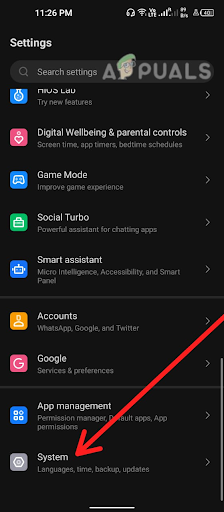
Go to System - Tap on Reset or Reset options.
- Next click on Erase all Data or Factory Reset.
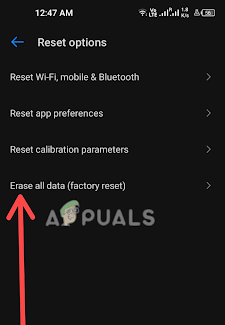
Select Erase All Data or Factory Reset. - On the next screen, a warning sign will appear that your all data will be erased. Tap on Erase All Data at the bottom of the screen.
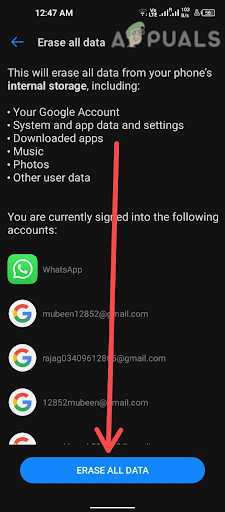
Hit the Erase All Data button - Then you just have to draw your security pattern or enter the passcode and your phone will be factory reset.
iPhone:
- Go to Settings > General.
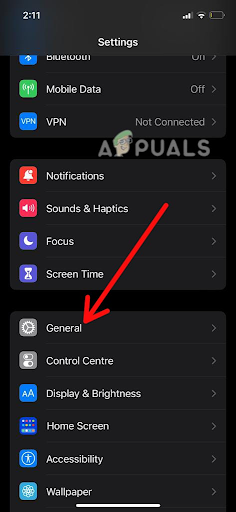
Go to General - Next, select Transfer or Reset iPhone.
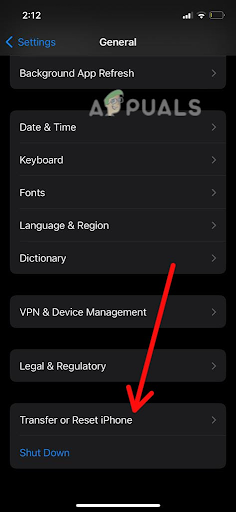
Select Transfer or Reset iPhone. - Now select Reset Network Settings.
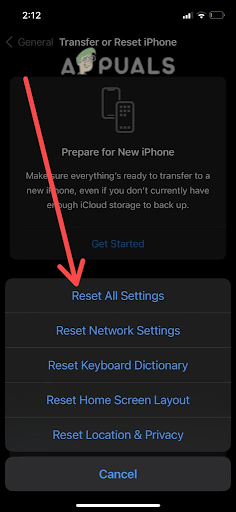
Select Reset Network Settings - A pop-up will appear on the screen to remind you to back up your data before resetting. Click on Reset at the bottom left of the screen.
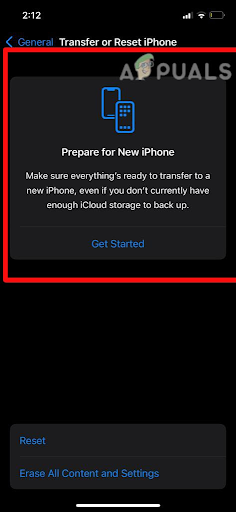
Tap on Reset at the bottom left of the screen - You have to enter your password to complete the factory reset process.
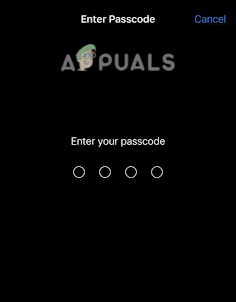
Enter your password
4. Contact your service provider for further assistance:
If the above solutions do not resolve the “No SIM Card detected” issue, seek assistance from your service provider. They have the necessary tools and expertise to diagnose the problem and provide you with a resolution.
To reach your service provider, you can call their customer support line, visit their website for live chat support, or visit one of their physical locations. It is important to have your phone’s IMEI number and account information readily available when you contact them for faster resolution of the issue.




